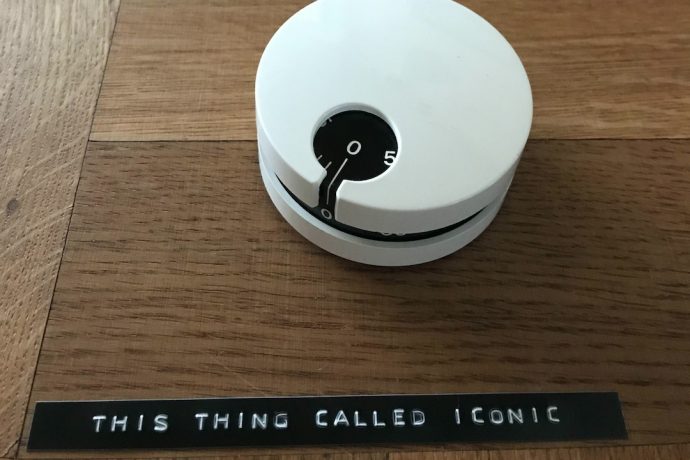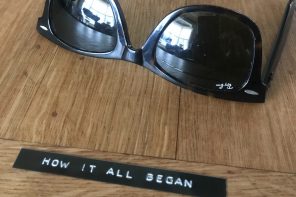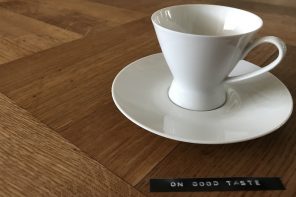An iconic object is something extremely successful and admired. It is coveted by everybody, the flagship model. However, it can also be an object that is widely recognized and almost a representative of a whole object category, the archetype or the benchmark. In some product categories these two definitions fall together, in others they don’t. We will obviously mention them both, but there can be only one real icon.
To make our decision for a certain object more transparent, and to avoid an overdose of subjectiveness, we have set up a couple of criteria. In order to feature on Wikiconic in a specific product category, the object must match one (or more) of the following criteria:
- Heritage – the most obvious criterium. Which brand stood on the base of the product category or even invented the object?
- Game-changing – by introducing a new and unique feature, the icon has transformed the product category. A good example is the Faema E61, which revolutionized the espresso machine category with its E61 heating element.
- Demand-creating – by simply popularizing a feature, the icon has created a new demand in the product category. For example: American Apparel did not invent the deep V-neck, but did make it a popular item in people’s wardrobes.
- Design – the prettiness of an object is seemingly one of the more subjective criteria, but form and function are always well-balanced when it comes to iconic objects. They almost form the platonic image of a certain category.
The criteria above are by far the most important. If, in some way or another, no specific object matches the criteria above, the following characteristics will be taken into consideration:
- Tradition or authenticity – brands should limit themselves to what they do best. When brands excel in one category, they are disqualified to provide an icon in another category. For example: Le Creuset makes the most iconic casserole. That’s their trade. The water kettles they make, are automatically disqualified. In fact, they should never have started making water kettles at all. What were they thinking? In der Beschränkung zeigt sich erst der Meister.
- Geographical position – by analogy with ordering a steak in Marseille and eating sea fish in Switzerland, which both seem somewhat ridiculous, would you rather buy Asian or European chopsticks? Would you rather buy Egyptian ski gloves or Scandinavian? In some cases geographical position simply does matter.
- Snob appeal – which brand makes a product that might appeal to a consumer with snobby tastes? Does the consumer experience exclusivity as a result of owning the product? This is obviously the most subjective and intangible criterium of them all.
Also, being a buyers guide, Wikiconic will mostly feature objects that are still in production – or will offer at least a contemporary alternative. For example, the most iconic estate car is the old Volvo 240, but you are well off buying a new Volvo V70, the most iconic contemporary estate car today.




